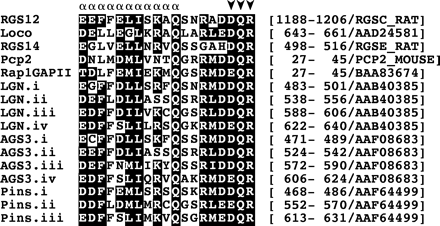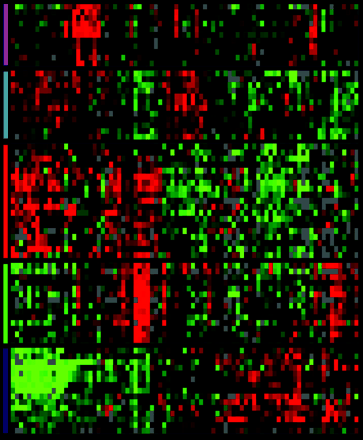Sites of interest on the World Wide Web
Genomics, Genetics—What's the Difference?
Whether you call it pharmacogenomics or pharmacogenetics, it's the same thing: understanding how genetic differences between individuals affect their responses to drugs. These might be differences in how drugs are metabolized (pharmacokinetic variations) or in how the body responds to drugs (pharmacodynamic variations). A nice overview of pharmacogenomics, what it means, and where on the Web to find more information is provided by the Human Genome Project site at Oak Ridge National Lab (http://www.ornl.gov/hgmis/medicine/pharma.html). The Pharmaceutical Manufacturers Association has a similar overview with links (http://genomics.phrma.org/pharmacogenomics.html). The Pharmacogenetics Research Network supports a number of large projects on pharmacogenetics (http://www.nigms.nih.gov/pharmacogenetics/), including the Pharmacogenetics Knowledgebase (http://www.pharmgkb.org/), which can be searched to find information about pharmacogenetic variations. Because the currency of pharmacogenetics is genetic variation—often only at a single nucleotide base pair, or single nucleotide polymorphism (SNP)—visits to the SNP consortium's site (http://snp.cshl.org/) and the National Library of Medicine's database dbSNP (http://www.ncbi.nlm.nih.gov/SNP/) would certainly be worthwhile. You may, however, find it easier to find information about SNPs through one of my favorite sites (previously highlighted in Net Results), LocusLink (http://www.ncbi.nlm.nih.gov/LocusLink). Find your favorite gene on LocusLink, and then click on the purple V to find variations (or SNPs) in the gene. Finally, a discussion of pharmacogenetics wouldn't be complete without mentioning the granddaddy of human genetics information sources, Mendelian Inheritance in Man and its on-line version OMIM (http://www.ncbi.nlm.nih.gov/Omim/), which includes pharmacogenetic variations but is also a useful reference about genetic diseases in general.
Microarray Data Resources
In the Review Article by Jeffrey et al. in this issue, the utility of RNA expression analysis in understanding cancer biology and therapeutics is highlighted. It is likely that cancer will be one of the first disease families for which pharmacogenetic principles are widely adopted in the clinic. The variable biological behavior and therapeutic responses of different tumors is well known, and recently, the use of microarray gene expression analysis to provide a molecular classification of tumors has exploded. There are many on-line resources about expression arrays. In the academic arena, Stanford University has been one of the leading institutions in the development of the technology. The Stanford Microarray Database provides a glimpse of some of the data available with this technology (http://genome-www5.stanford.edu/MicroArray/SMD/). A more general site with a range of links (http://www.microarrays.org) has been made available by a graduate of the Stanford program. Several interesting articles with an emphasis on microarrays in cancer are highlighted by Nature (http://www.nature.com/genomics/post-genomics/microarrays.html).
Something's Fishy
Several recent publications show a reduction in sudden cardiac death associated with omega-3 fatty acids—important components of fish oil. A description of what dietary sources provide high levels of omega-3 fatty acids can be found at CNN online (http://www.cnn.com/2000/HEALTH/mayo/09/27/askdiet.qa/index.html?related). A more general source for healthy diets is provided by the American Heart Association in their online cookbook at http://deliciousdecisions.org.
- © American Society for Pharmacology and Experimental Theraputics 2002






